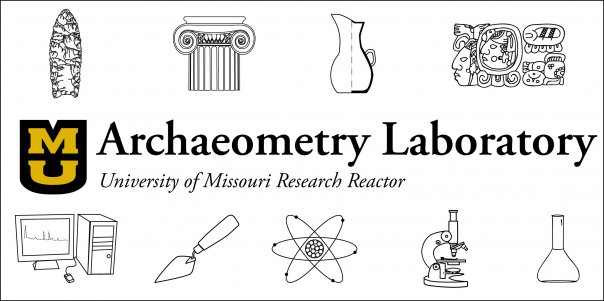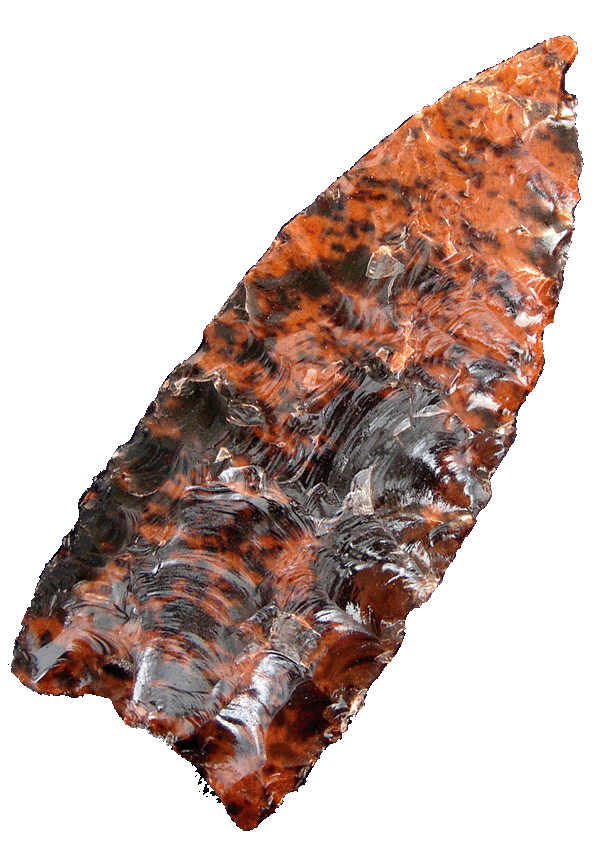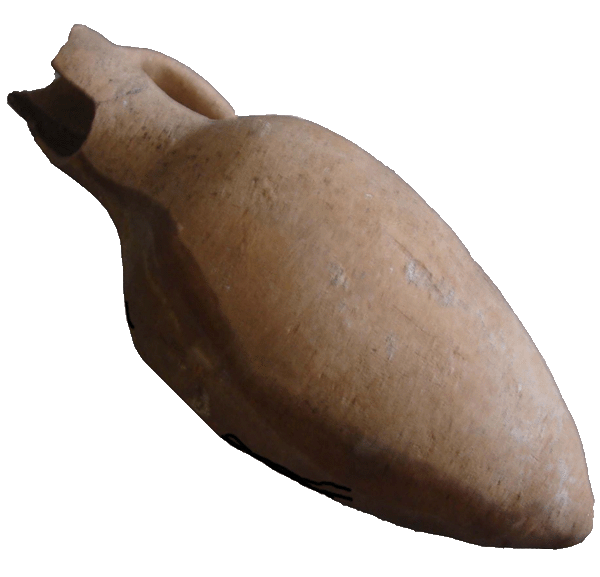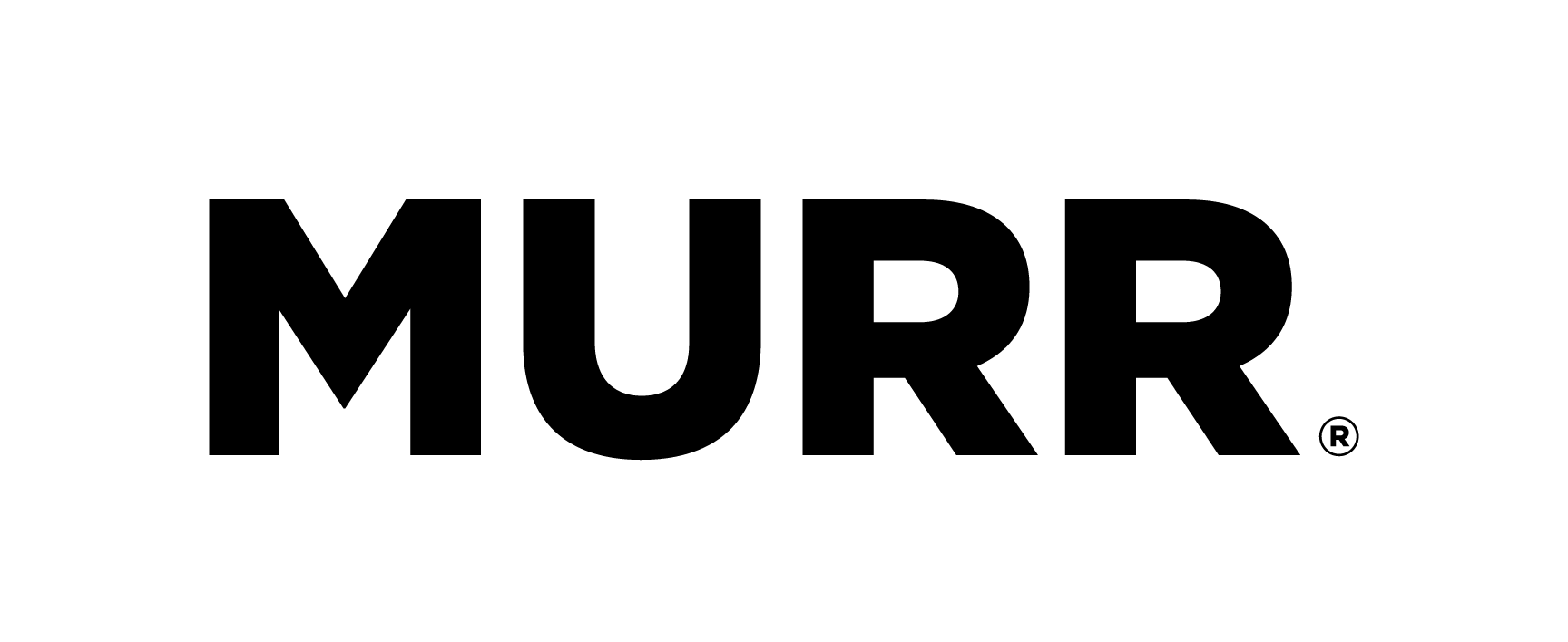
An archaeological record is the documentation of the traces of the origins and development of human culture, evolution and activity. Its study often involves the materials and artifacts created by the various cultures, and the tracking of their movement, if any, from their original and/or natural settings.
To ensure a complete picture of this evolution, a scientific record requires a description of the types and amounts of materials that may have been moved – including the distance and direction of that movement.
Provenance, or sourcing determination, permits archaeologists to investigate such diverse topics as the mobility patterns of Paleo-Indian hunters in North America, the prehistoric migrations of the Puebloan people in what is today the American Southwest, and general commerce during the same period in the Eastern Mediterranean.
Since its creation in 1988, the MURR Archaeometry Laboratory has been continuously funded by the National Science Foundation – and has collaborated on approximately 500 archaeological research projects going on around the world.



